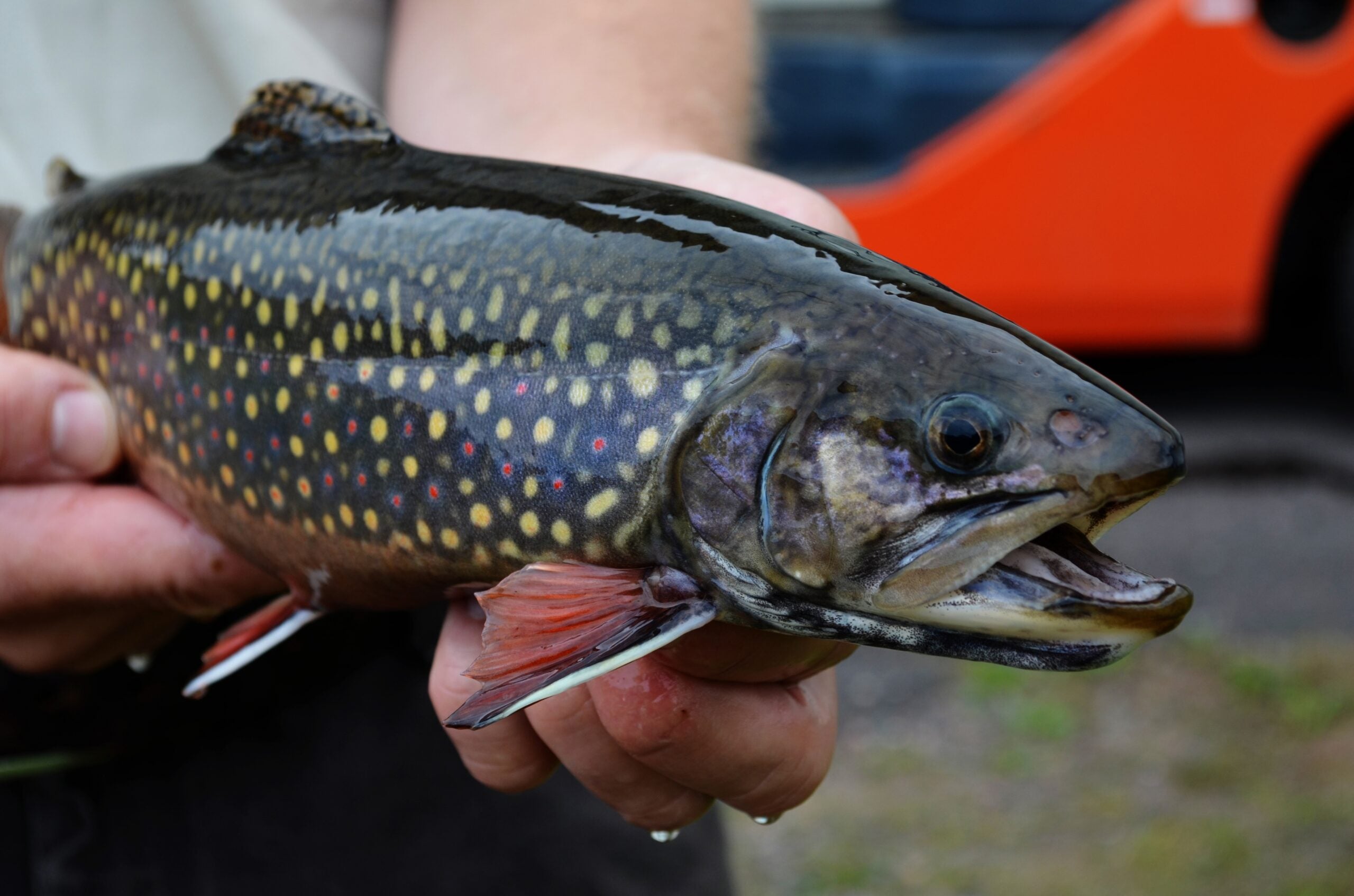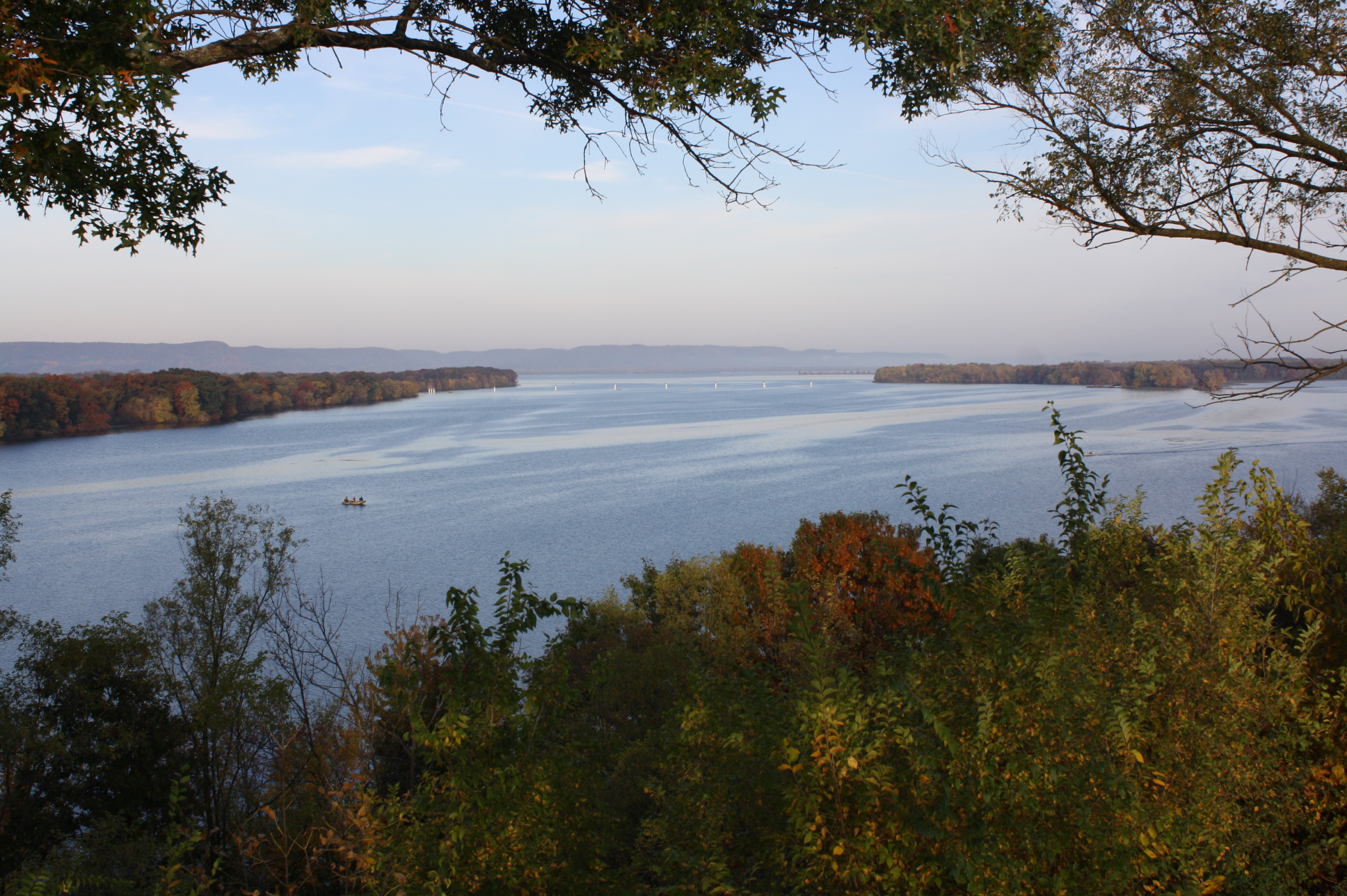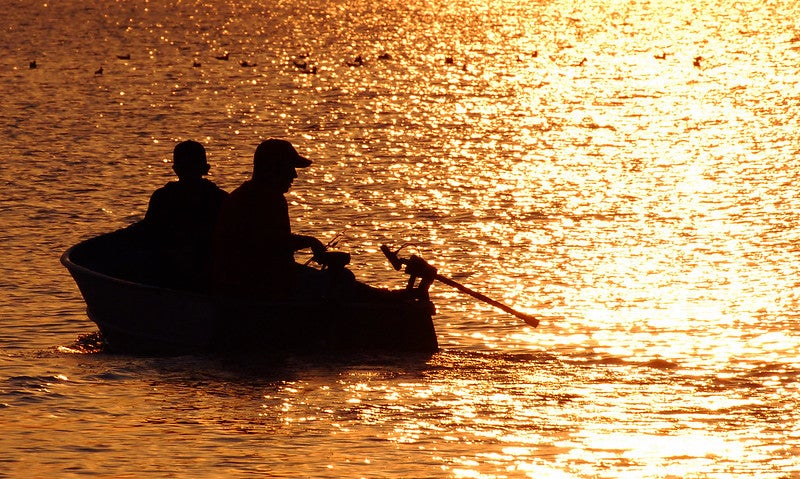The Whittelsey Creek National Wildlife Refuge in Ashland is drafting a 15-year plan for the first time to help focus efforts to restore native fish and wildlife there.
The Lake Superior shoreline once teemed with coaster brook trout but logging and overfishing caused their numbers to dwindle. Refuge biologist Mike Mlynarek said the plan includes buying up to 1,260 acres of conservation easements to protect fish and wildlife habitat.
“We want to protect critical areas within the stream permanently. It gives us an increased flexibility to do restoration work,” Mlynarek said.
Stay informed on the latest news
Sign up for WPR’s email newsletter.
Henry Quinlan is a fish biologist with the Ashland Fish and Wildlife Conservation Office. He said they’d like coaster brook trout to thrive on their own by 2030.
“We know we can increase abundance through stocking, but we haven’t fully realized a continued increase in brook trout numbers in the system,” Quinlan said, adding that the goal is to have 50 coaster brook trout return to the refuge to spawn.
Quinlan said his office has worked with several groups, including the Wisconsin Department of Natural Resources, Trout Unlimited and Northland College, to complete annual population surveys over the last 15 years. He said stocking from 2003 to 2009 bolstered brook trout numbers.
“Numbers of brook trout ranged from several hundred to several thousand in the system that we estimated during that time,” he said. “Stocking ceased in 2009, and we’ve continued to do our assessments of brook trout in the system. We’re seeing a gradual decline subsequent to that.”
The Whittlesey Creek National Wildlife Refuge covers 304 acres. The U.S. Fish and Wildlife Service is authorized to add up to 540 acres of land to the refuge. Conservation easements could be obtained from landowners in the 12,000 acres within the Whittlesey Creek watershed, according to the Refuge’s Mlynarek.
“The easement is tied to the deed, but the land remains in private ownership,” he said. “It’s not necessarily open to the public unless the landowner makes it open to the public. It doesn’t take it off the tax rolls, which I think is important for these rural townships that don’t have a ton of tax base.”
Property owners are paid based on the appraised value of the land.
A public meeting on the plan will be held Tuesday afternoon at the Northern Great Lakes Visitor Center in Ashland. Public comments on the plan will be accepted until April 29.
Editor’s note: Both sources quoted in this story are affiliated with the U.S. Fish and Wildlife Service, not seperate conservation groups. The headline has been changed to reflect this.
Wisconsin Public Radio, © Copyright 2024, Board of Regents of the University of Wisconsin System and Wisconsin Educational Communications Board.





